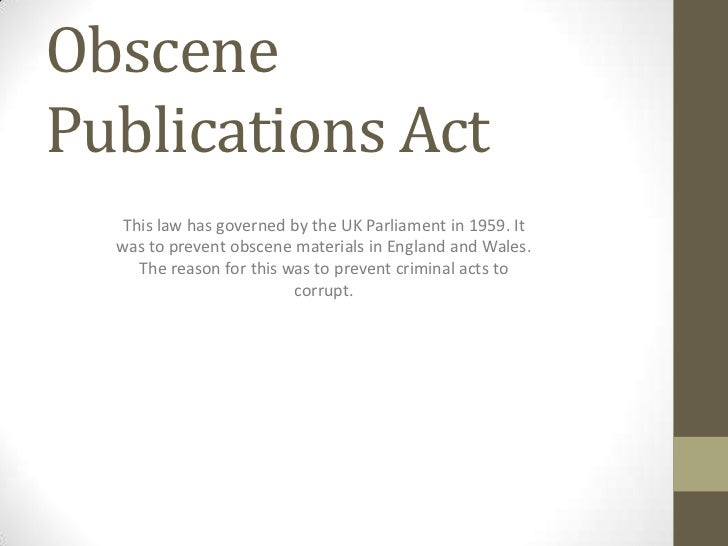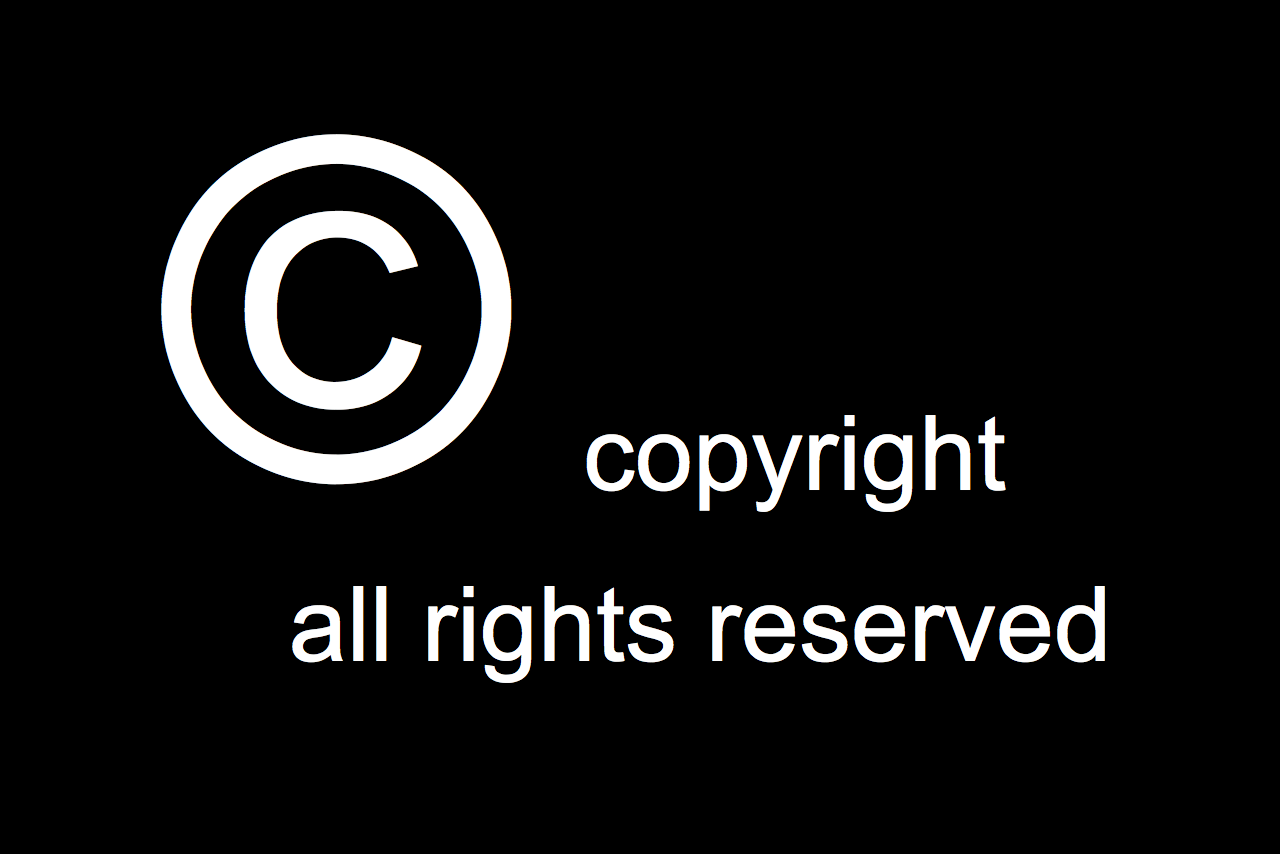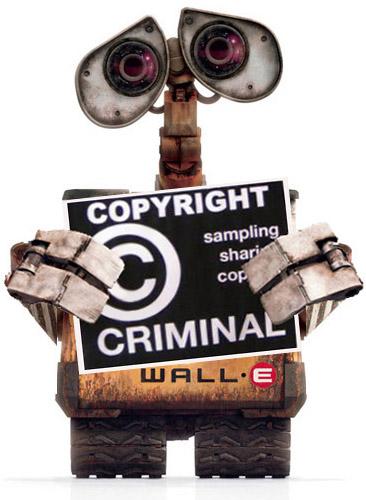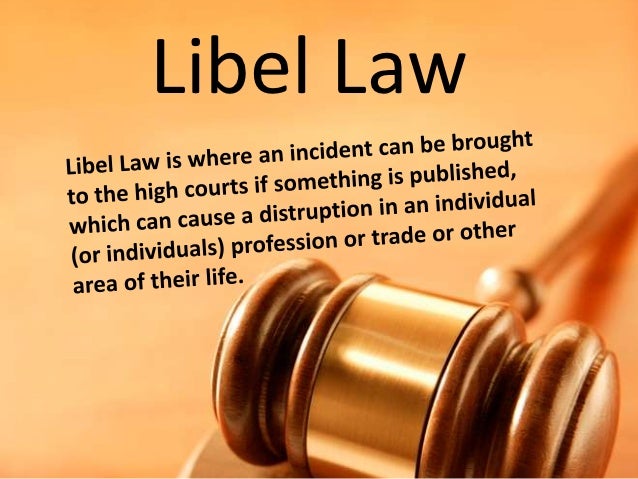Film Rating Classification System
I researched the film industry for the ethical and legal constraints. I looked at how the films ratings are classified and what needs to be in a film so that it is given a certain rating.
For the classifying of the films, the company known as the BBFC decides what rating a film is given.

BBFC:-
BBFC stands for British Board of Film Classification. They are a trusted guide to knowing what content is in a movie. The BBFC work as an independent, self-financing and non-profit media content regulator which means that they do the work for the benefit of other people. The BBFC operates transparent, consistent and trusted co-regulatory and self-regulatory classification and labeling systems in the UK. This means that they work alongside movies in order to classify the film, they sometimes also do this without help from the film company.
As a highly experienced company, their mission is to: Protect the public and especially children, from content which might raise harm and risks. They also empower the public, especially parents, to make more informed viewing choices. They recognize and respect adult freedom of choice within the law. They also respond to and reflect changing social attitudes towards media content through proactive public consultation and research. Provide a cost-effective, efficient classification service within the statutory address. Work in partnership with the industry to develop innovative service models to provide content advice without support emerging media delivery systems and They provide an effective service to enforcement agencies in the film industry.
These are the classification symbols used for films.
Definitions of the Age Ratings:
 : The U symbol stands for Universal. This type of film is suitable for audiences aged 4 years old and over and does not show any violence or anything inappropriate and has clean language that will not offend.
: The U symbol stands for Universal. This type of film is suitable for audiences aged 4 years old and over and does not show any violence or anything inappropriate and has clean language that will not offend. : PG Stands for Parental Guidance. This means that a general audience is allowed to view the movie. This rating for film can have an audience of 8 years plus as long as the younger audience has adult consent or is with an adult when viewing the film. This rating of film may include some light violence.
: PG Stands for Parental Guidance. This means that a general audience is allowed to view the movie. This rating for film can have an audience of 8 years plus as long as the younger audience has adult consent or is with an adult when viewing the film. This rating of film may include some light violence. : This is a film that enables someone 12 years or older to watch the film as long as they are accompanied by an adult when watching the movie. A movie like this may have some violence and perhaps a small amount of bad language.
: This is a film that enables someone 12 years or older to watch the film as long as they are accompanied by an adult when watching the movie. A movie like this may have some violence and perhaps a small amount of bad language. : This is similar to a 12A except when a film is released on DVD or Blu-Ray someone 12 and up may not be accompanied by an adult. This also means that if a child is under 12 and not accompanied by an adult then they cannot purchase the film. This type of film, like a 12A may have some violence and a frequent use of bad language.
: This is similar to a 12A except when a film is released on DVD or Blu-Ray someone 12 and up may not be accompanied by an adult. This also means that if a child is under 12 and not accompanied by an adult then they cannot purchase the film. This type of film, like a 12A may have some violence and a frequent use of bad language. : This symbol means that no one under the age of 15 can see this movie or purchase one. A movie with this rating will have a lot of violence, a lot of bad language and may have some brief nudity.
: This symbol means that no one under the age of 15 can see this movie or purchase one. A movie with this rating will have a lot of violence, a lot of bad language and may have some brief nudity. : Films that have the rating 18 are for adults and must not be viewed by anyone under the age of 18. This type of film will have a frequent use of strong language, a large amount of realistic violence and more nudity than a 15 rated film.
: Films that have the rating 18 are for adults and must not be viewed by anyone under the age of 18. This type of film will have a frequent use of strong language, a large amount of realistic violence and more nudity than a 15 rated film. : This is a special and legally restricted rating that has content that only adults over 18 should watch. This means that a child under 18 should most certainly not view this film. The R Stands for Restricted.
: This is a special and legally restricted rating that has content that only adults over 18 should watch. This means that a child under 18 should most certainly not view this film. The R Stands for Restricted.I then looked at the film industry and its legal elements.

Legal Elements:
For the legal elements of the film industry I looked at several laws and acts that have something to do with the film.
Official Secrets Act 1989:
The first one that I looked at was the Official Secrets Act of 1989. This is an act that makes it illegal to gain and publish any information that has been taken from a member of security and intelligence services. Another thing that this may be is the use of hacking into peoples phones without police permission. This relates to the film industry as it would be illegal if the film company stole any information about any secret services and then put it into the movie itself. Or if a film company stole something from a different film. An example of this is when News of the World hacked into Millie Dowler's phone as a police hunt was taking place.
Obscene Publications Act 1959:
I then looked at Obscene Publications Act of 1959. This law stops certain information and inappropriate content being shown by having the elements removed or censored. This will be included in the film industry because if something is too inappropriate for a film then it is breaking this law. An example would be if a film had the wrong rating for what was included in the film as this would be illegal, so the film should have the correct rating.


Films Act 1985:
The next act I looked at was the Films Act of 1985. This act involves the film industry being given certain amounts of money but then this law stopped amounts of money being given to the industries leading to the industry having less money to make movies. An example of this would be simply a film that has been given a low budget as this would stop them from making a good film due to money being taken from them.
Videos Recording Act 1984:
The Video Recording Act of 1984 needs to be a DVD or Blu-Ray that has been approved by the BBFC and has been given the correct age classification for its movie before they can be sold to an audience. This law states that it is illegal to sell or rent a DVD or Blu-Ray that is rated 12 or higher to someone who is younger. This relates to the the film industry as a film should be correctly classified before it can be sold.
Race Relations Act 1976 (And later amendments):
The Race Relations Act of 1976 relates to how people of different races are viewed in certain industries like the film and game industry. This law makes it so that people are all treated equally no matter their race or sexuality. This relates to the film industry by giving rights to people in the film industry and portraying characters in a way that isn't offensive to anyone. An example would be that if someone in the movie is being treated unfairly then the movie will have to show this in a way that would not offend people.


Human Rights Act 1998:
The Human Rights Act means that in certain industries, the people involved need to be treated equally otherwise there will be some issues as to how people are being treated. This relates to the film industry due to the people working behind the films, if a woman isn't being treated the same way as a man then the human rights act should be put into place. This example would be similar to the Race Relations Act as the film would have to show the human rights in a specific way so as to not offend anyone.
Licensing Act 2003 (And later amendments):
The Licensing Act simply states that only certain films should be sold at certain times and to a certain audience so that someone who isn't old enough for a movie isn't able to purchase the film. An example of this would be a shop that opens after hours in order to make it almost impossible for a child to go and purchase the game.

Privacy laws:
The Privacy law is the law that keeps certain pieces of information carefully secure so that other people will not be able to gain the information that people may not want to be shared with others. This relates to the film industry as the company that produces a film may not want certain information being given out to people so. An example would be for a film to not be copied over to certain formats without permission as this may ruin the privacy of the film company as they may not want this to happen.
Copyright:
This law includes the legal right that is created by the law of a country. This law means that any work by a creator is their original property and that it cannot be distributed without the creators permission and the product cannot be copied. This relates to the film industry as a movie company is allowed to keep the work that they have made without anyone stealing it, as this would break the law. An example of copyright would be a film that has been made by a specific company having the rights to the film(s).


Intellectual property law:
The Intellectual Property Law protects certain products through patents, trademarks and copyright. This allows companies to have the recognition that the product is their own because the proof of them making it is in the symbols for the copyright and trademarks. This law relates to the film industry as it allows the creators to keep their own work or product as they have made it and so it should be there own. The example is similar to the copyright as the company that made the game also owns the rights to the game.
Libel law:
Libel Law is the law in which if anything is published which can have the possible cause of a disruption in a trade. It is also the law that means that there should be no freedom of speech. This relates to the film industry due to certain information and products being copied or used in order to make a new product without the permission of the original creators. An example would be a film story that has been copied but changed without permission and being sold.


I then looked at the Ethics of the film industry.
Ethics Of The Film Industry Issues:
For the next part of the film industry I researched the issues with the ethics that may occur within the film industry.
Depiction of Elements In Films:
The first ethical issue that I looked at was how certain elements are shown in films. In films strong language, violence and the way sex is used in film is an ethical issue. The way they are in films should clearly reflect the rating of the movie. An example of this would be when a boy who killed someone in the style of the TV Show 'Dexter'. This could have been stopped if the boy had not watched the show with the higher rating than his actual age.
Product Placement:
The next ethical issue that I researched was the use of product placement in films. Product placement in the film industry should only be used if the company has been given the rights and is giving money to the original company for being featured in the film. An ethical issue with this would be if a certain character would be drinking a Coke and influence children to do this leading to an unhealthy lifestyle which could be stopped if the character was seen drinking something more healthy.

Stereotypes:
I then looked at stereotyping as an ethical issue. Stereotyping in movies is a huge thing. The issue with this is that people are influenced by characters in a film and then choose to have the same opinions that they shouldn't have about other people due to what a chracter has said. An example of this would be if a blonde woman is made to look stupid in a film, then people will start to stereotype blondes as if they are like this.
Taboo:
The last one that I looked at was taboo. This issue revolves around somethings that should not be allowed to be shown in a film unless there is a reason behind it. An example of this would be to show a character using drugs in a movie. This will be inappropriate to show and would have a rating of 18 but would be allowed to be shown as the story made need this element for the film to work well or have the plot advance.


No comments:
Post a Comment